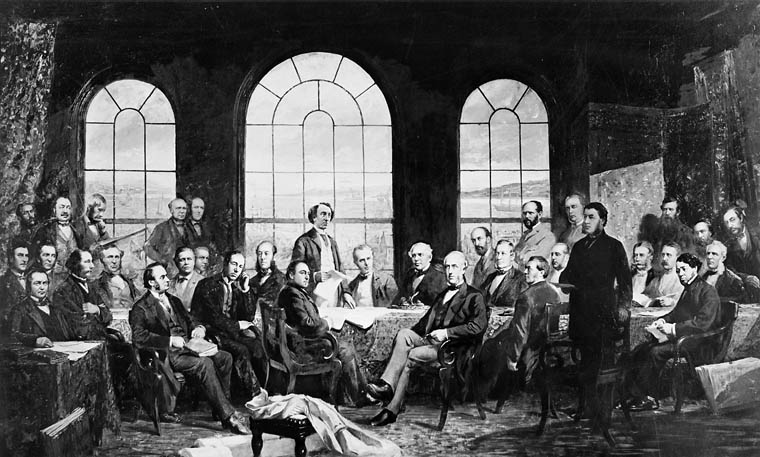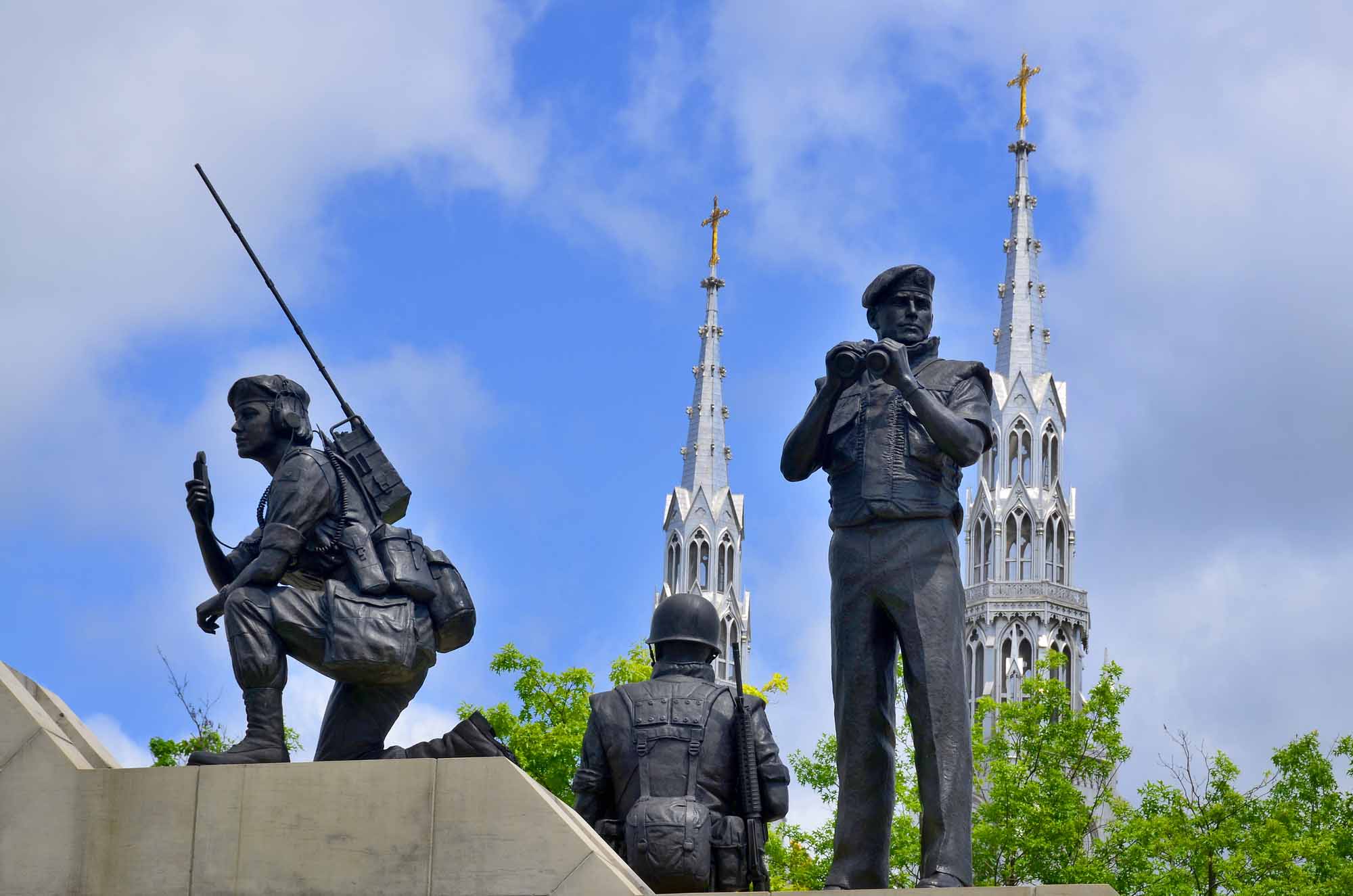Article
Pawpaw
The pawpaw (Asimina triloba) is a shrub or small tree of the Annonaceae, or custard-apple, family. It is the only member of the custard-apple family that grows in Canada. Sometimes called dog-banana, the pawpaw’s fruit is edible. It is believed that Indigenous people, including the Erie and Onondaga, introduced the tree to Southern Ontario from the United States. The plant is a beautiful ornamental shrub due to its large leaves and red-purplish flowers. Recently, this small tree has attracted the attention of researchers as a potential anticancer drug alternative.











